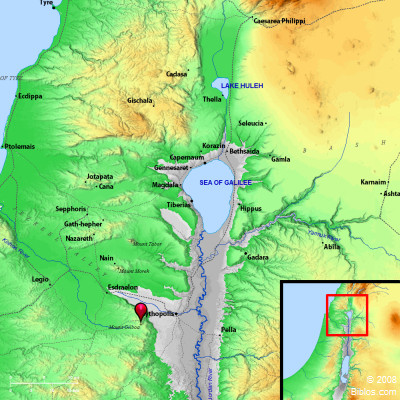Atlas  Mount Gilead (Mount Gilboa) and surrounding region Maps Created using Biblemapper 3.0 Additional data from OpenBible.info Occurrences Judges 7:3 Now therefore proclaim in the ears of the people, saying,'Whoever is fearful and trembling, let him return and depart from Mount Gilead.'" Twenty-two thousand of the people returned, and ten thousand remained.Encyclopedia GILBOA, MOUNTgil-bo'-a ([har hagilboa], "Mount of the Gilboa"): Unless we should read "Gilboa" for "Gilead" in Judges 7:3 (see GILEAD, 2) this mountain is mentioned in Scripture only in connection with the last conflict of Saul with the Philistines, and his disastrous defeat (1 Samuel 28:4; 1 Samuel 31:1, 8 2 Samuel 1:6, 21; 2 Samuel 21:12 1 Chronicles 10:1, 8). If Zer`in be identical with Jezreel-a point upon which Professor R.A.S. Macalister has recently cast some doubt-Saul must have occupied the slopes on the Northwest side of the mountain, near "the fountain which is in Jezreel" (1 Samuel 29:1). The Philistines attacked from the plain, and the battle went sore against the men of Israel, who broke and fled; and in the flight Jonathan, Abinadab and Malchi-shua, sons of Saul, were slain. Rather than be taken by his lifelong foes, Saul fell upon his sword and died (1 Samuel 31:1). |



